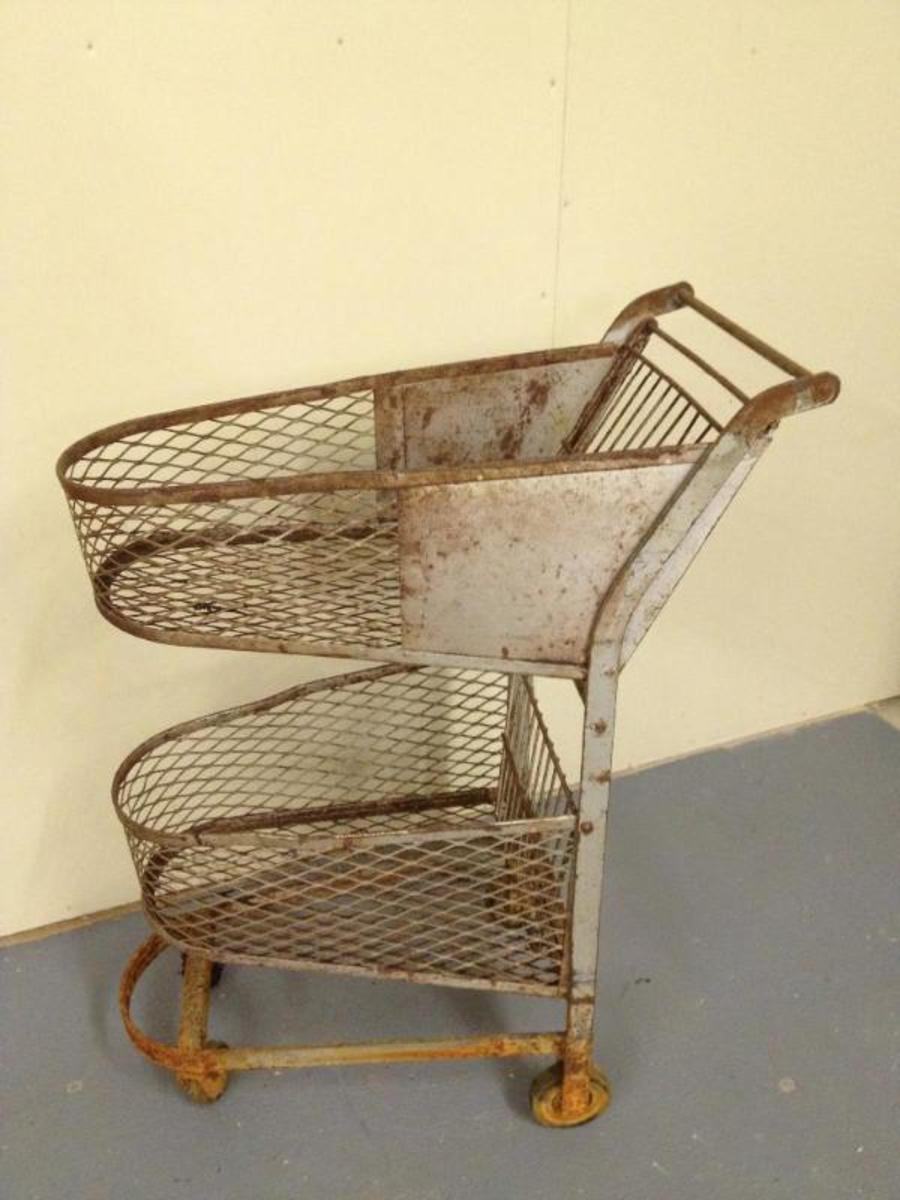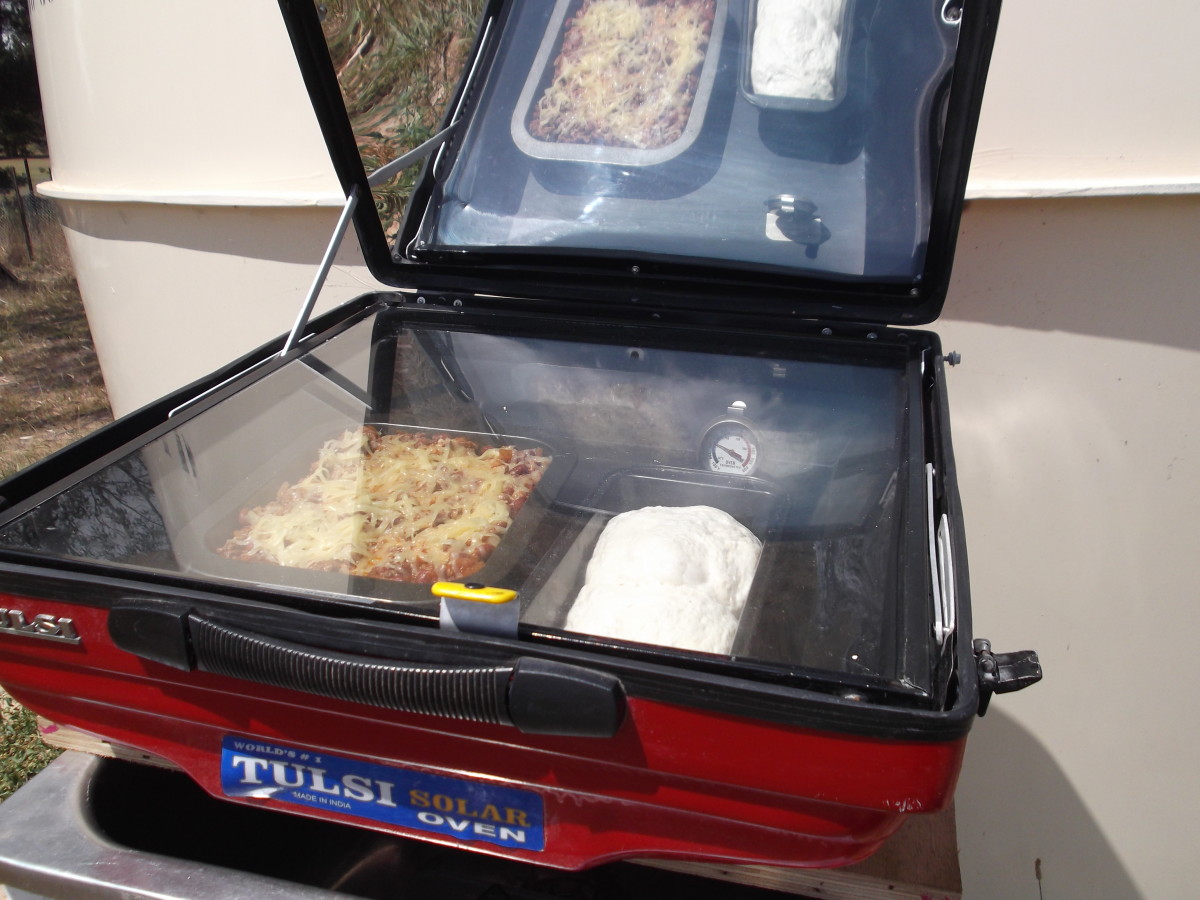My Experience With a Solar Parking Meter
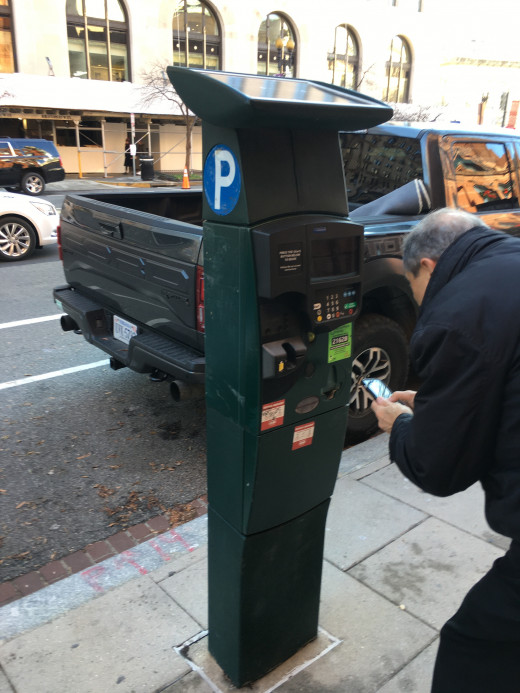
Introduction
On a recent trip to Washington DC, I met up with an old college friend and had lunch downtown. He drove in from the suburbs of Virginia on a weekday and met me at my hotel near Dupont Circle. We made reservations at a local seafood Restaurant and headed over, just a few blocks away. We circled around and found a nice parking spot a block away from the restaurant, what great luck. Then our adventure began...
- Dec. 2019
Background
I have visited DC a few times before and always found the place a very enjoyable place to visit. I checked out the free museums and had some great meals.
This time, I did not have my own car since I took the Amtrak express train down and it was only a two and a half hour ride from Penn Station. It was a very pleasant experience and worth a separate article another time.
This time, I relied on my friend to pick me up and headed to lunch. We got to the restaurant 15 minutes prior to our reservation. We found a nice legal spot a block away. All we needed to do is pay the meter and be on our way.
To both of our surprise, this was a new solar powered meter. It looked well made with a large solar panel mounted on top. Unfortunately, the past two days was cloudy and apparently, there was not enough sun light to power the meter. The touch screen would not come on. There were some blinking LED lights that's all. We next found a yellow sticker on the front giving instructions to pay by phone. My friend pulled out his cell phone and dialed but could not get through. Next, he tried to go to the website which they claim is another way you can pay remotely. Not sure how that would work but he tried it and found that you needed to install an app for that to work. Back to redialing the number and this time, he got through. It was a cold winter day and we were freezing standing on the sidewalk trying to negotiate this modern green appliance of a machine. By now, it was 15 minutes and our reservation time is upon us. We barely made it to the restaurant a few minutes late and were able to be seated at this popular and busy restaurant.
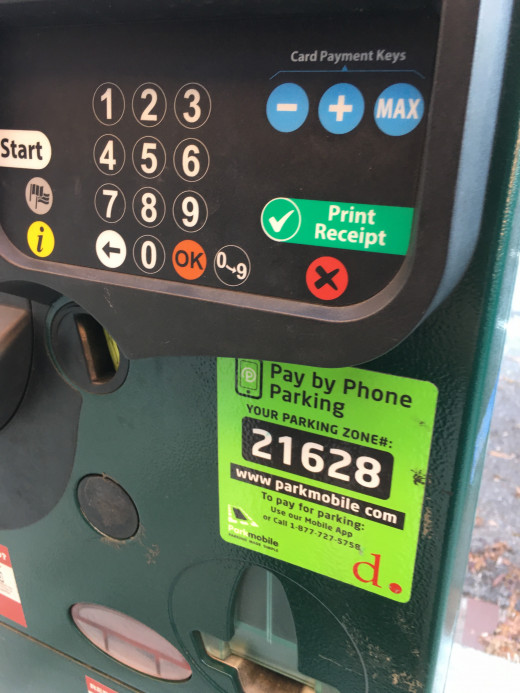
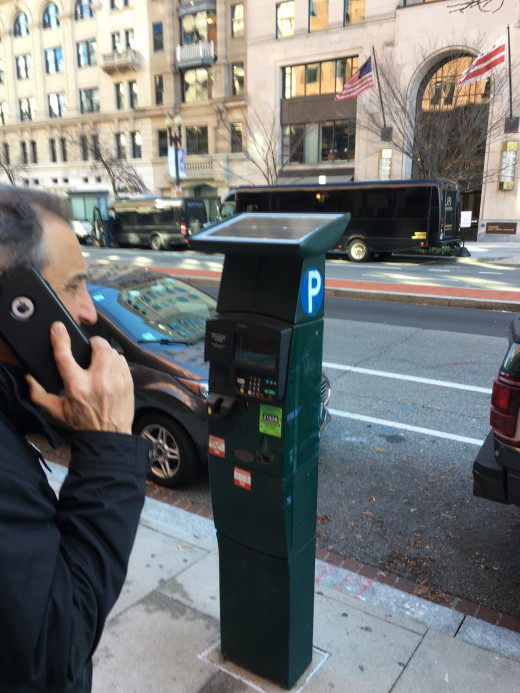
Mission Critical Systems
As much as I like solar as a renewable energy source, unfortunately, it is just not so reliable. So, for mission critical systems, it is not ideal. Places like hospitals where people's lives are on the line, we cannot allow solar energy to be the primary source. In this case, even though no one's live is at risk, it is a gross inconvenience. When on cloudy days, a parking meters does not work, it is time consuming and there is no need. The amount of energy it saves is puny compared to the cost to recover from a failed system. Common sense should prevail.
Summary
My experience with this new meter was not easy or pleasant. Whoever designed this obviously does not know the limitations of this terrain. This spot was located on a street with high rise office buildings near by. It does not get direct sunlight for most of the day. Even the large solar panel was insufficient to handle two consecutive cloudy days. It was not up to the task.
My friend and I wasted a half hour of our time trying to pay parking at this meter. A traditional meter would have done the job faster and cheaper and with less fanfare. Even one with a direct electric power connection would have done the job. How much power does a meter uses?
This cannot be efficient use of our tax dollars or our efforts to go green. The first rule of any new technology is that it must work as designed and that it must be an improvement over existing technology. This solar powered meter is neither.
This content is accurate and true to the best of the author’s knowledge and is not meant to substitute for formal and individualized advice from a qualified professional.
© 2019 Jack Lee

